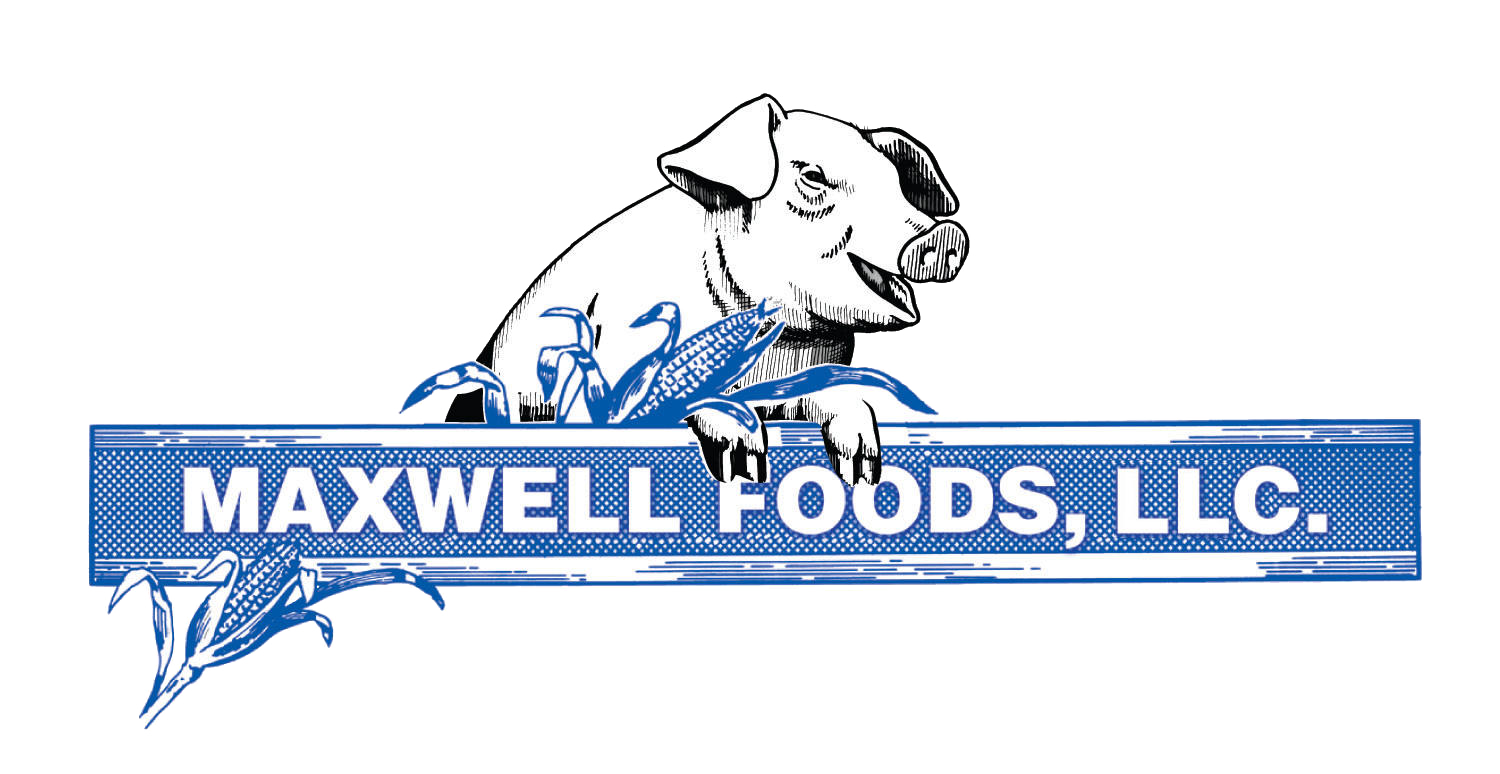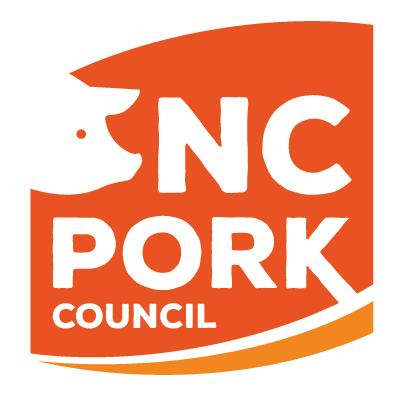Busting Myths About Pig Lagoons
A group of agriculture students from University of Mount Olive recently visited a farm in Duplin County to learn more about hog farm lagoons and how they work. It was interesting to hear from the students and get a better sense of what they knew — and didn’t know — about how our farmers manage waste responsibly.
We want to spread that understanding to everyone in North Carolina and have put together the following information to educate people about how these waste management systems work.Let’s start by correcting a few common misconceptions about lagoons:
Hog farmers developed the lagoon system. Wrong. The idea of using storage ponds to treat waste has been around for decades. Today, there are dozens of municipalities in North Carolina, as well as several business operations, that use holding ponds to store waste.
Lagoons are an antiquated system and should be replaced with new technologies. Wrong. The system most commonly used by North Carolina hog farmers was perfected by scientists and researchers from N.C. State University — and is still widely considered to be the most efficient way to manage animal waste on our farms.
Farmers are constantly spraying waste on surrounding fields. Wrong. Every hog farmer in North Carolina must implement a comprehensive nutrient management plan set forth by the NC Department of Environmental Quality that is customized for their farm. The plan helps determine how many animals a farm can raise, where they can apply nutrients, and how often they can apply. Most farmers apply only a few times a month, for a few hours a day, on a variety of different fields. The notion that farmers can apply wherever they want, whenever they want is completely untrue.
Lagoons are full of nothing but animal waste. Wrong. While lagoons are used to store animal waste, the vast majority of the liquid in lagoons is water — and the waste in the lagoon is treated with naturally-occurring bacteria that breaks down the waste. You’ll often see turtles or geese swimming in lagoons.
Lagoons are nothing more than cesspools of toxic waste. Wrong. Lagoons, as just mentioned, are filled with mostly water. Farmers often get the waste on their clothes and body. Some have even fallen in (oops!). It isn't toxic. It is simply organic materials that farmers use as fertilizer to help their crops grow, and the lagoon safely contains the material. Contents of the lagoon are also tested to make sure their nutrient levels are just right!
Lagoons always flood during big storms and hurricanes. Wrong. When Hurricane Matthew dumped more than 8 trillion gallons of water on North Carolina in 72 hours — the biggest rainfall event our state has ever seen — more than 98 percent of the lagoons operated as intended. There are 3,300 active hog lagoons in North Carolina; six farms had structural damage to the lagoons and 28 farms filled to the point that some amount of liquid spilled out.
We'll be covering how lagoons work in another blog post. Stay tuned to learn why lagoons are pink and how they help farmers!
Farmkeepers Blog
The Farmkeepers is the official blog of NC Farm Families. It is here that words will flow, our voice will be heard, a stand will be made, and the farm families of North Carolina will be protected. In these posts, we'll set the record straight. You'll see the faces of the families who feed us. Here, you'll receive all the updates and news. It is here that we will fight for farmers and be the keepers of the farm in NC. We hope you'll join us. Follow along on social media and by joining our email list.


















